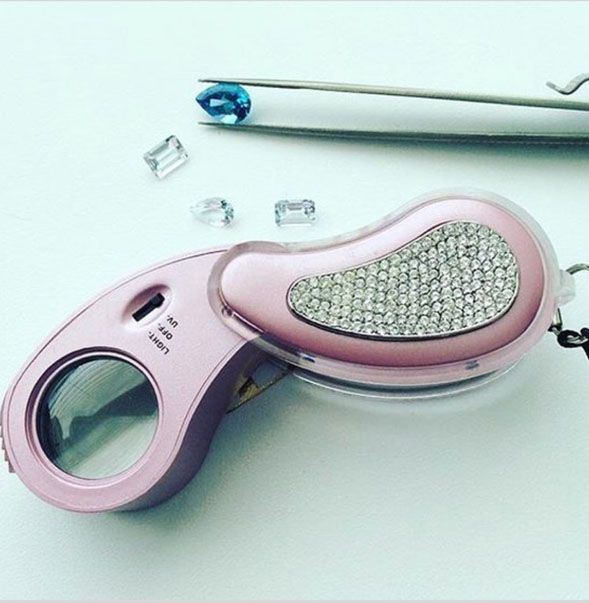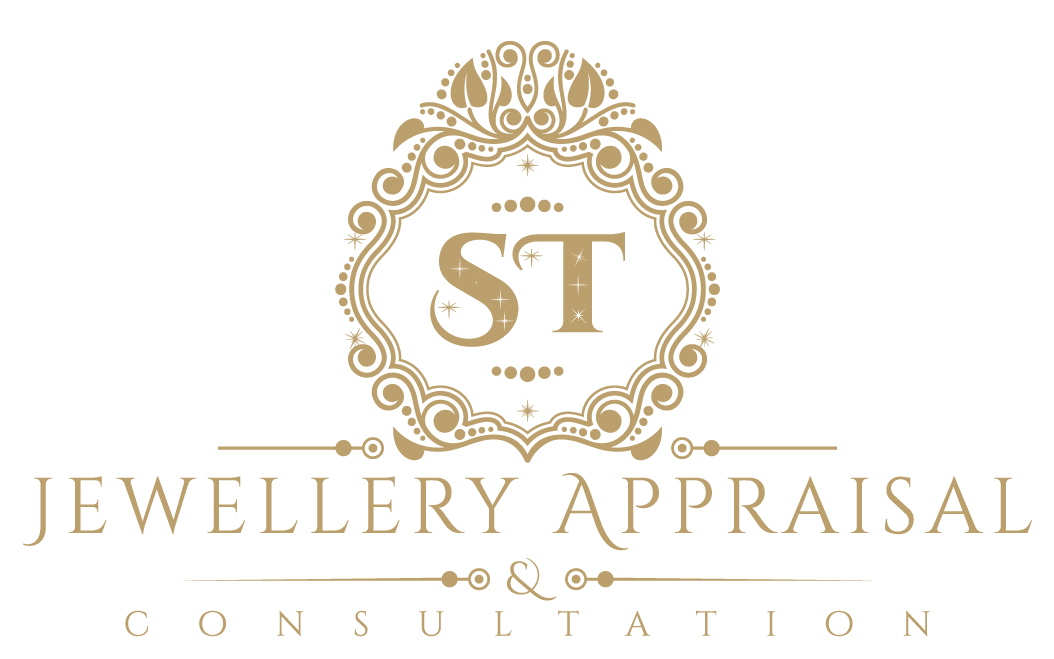
12 Jul 7 Common Myths About Jewellery Appraisals
Welcome!
I am thrilled to be writing the very first blog post as “The Blonde Gemologist”. This was a nickname given to me early in my career. It always made me smile. I was proud to be a woman working in such a scientific research based industry. Blondes may have more fun but they can be intelligent, educated, and professional while doing it!

My business is jewellery appraisals and so the perfect way to kick off the blog is to outline what I have identified to be common myths about jewellery appraisals. These myths I have seen throughout my 12 years of experience as a gemologist and appraiser. This post was inspired by a session I led at this years annual American Gem Society Conclave. With this blog post I hope to add clarity to your understanding of jewellery appraisals. I hope you find this post helpful!
The 7 Common Myths about Jewellery Appraisals
Myth 1 – Gemologists And Appraisers Perform The Same Function
The appraisal discipline is actually separate from gemology. Commonly the assumption is that a Graduate Gemologist degree is enough qualification to determine value. In fact I too had this assumption leaving gemology school. I quickly learned of the years of appraisal education that were ahead of me. Let me explain the difference. A gemologist has the skill to properly identify gem material, quality grade and evaluate jewelry before a value is set. An appraiser uses principles and methods to calculate value based on gemological grading, quality of materials and the appropriate market. To become an appraiser involves years of additional education, experience and ongoing research.
Myth 2- Appraisers Determine The Value of A Piece of Jewellery
False! Markets set value. Appraisers estimate value. It is the appraisers responsibility to determine the appropriate market and study comparable goods. If the appraiser is working for a retail jeweller they need to take themselves out of that environment and look at outside sources as well.
 Myth 3- Appraisals Should Always Be Valued Much Higher Than The Purchase Price
Myth 3- Appraisals Should Always Be Valued Much Higher Than The Purchase Price
Let me ask you this. If the ring is worth $30,000 why would they sell it to you for $10,000? We always like to believe that we received a good deal. It’s human nature. An appraisers job is to determine a realistic value for the item. Unfortunately in the past there have been some very poorly written and inflated appraisal documents that have helped to support this myth. It is very important to choose an appraiser with the correct designation and experience.
Myth 4 – Appraisals Are Only Needed For Insurance Purposes
A qualified appraiser will ask you why you wish to have your jewellery appraised. Depending on your answer they will determine purpose and function of the report. Appraisal format varies for purpose of insurance, estate, probate, liquidation, bankruptcy, divorce, and resale.
 Myth 5- Appraisals Are Something The Jewellery Should Give At No Charge Or For A Very Small Fee
Myth 5- Appraisals Are Something The Jewellery Should Give At No Charge Or For A Very Small Fee
A professional appraiser will demand a higher fee for their work. If you think of what we are willing to pay for beauty treatments a proper appraisal fee doesn’t seem so bad. An appraisal is a legal signed document that requires equipment, education, experience and expertise. If you received a complimentary document from your jeweller it is advised to have that verified by an independent appraiser.
Myth 6- Appraisals Can Be Completed Quickly In A Short Amount Of Time
Often it is setting value that can take the longest. Certain items may take days to research depending on the piece. The grading process also takes time. Many tests and examinations need to be completed. It’s item specific.
Myth 7- The Item Is Not Always Needed To Complete The Appraisal.
Finally! Number 7! Thank you for hanging in there! Perhaps I appraised your ring 5 years ago and you need an update. Why would I need the ring if I have already appraised it? Can’t I just update value and print? The ring has been worn every day for five years. During an appraisal update the ring should be inspected for worn or chipped diamonds. We also look for damage, worn claws, loose gems.
If you enjoyed this post and would like more information on our appraisal services please visit my website
Have a brilliant day!
Sherrie Anne Taylor A.J.P., G.G. (GIA), R.M.V.
Graduate Gemologist Appraiser & Registered Master Valuer
